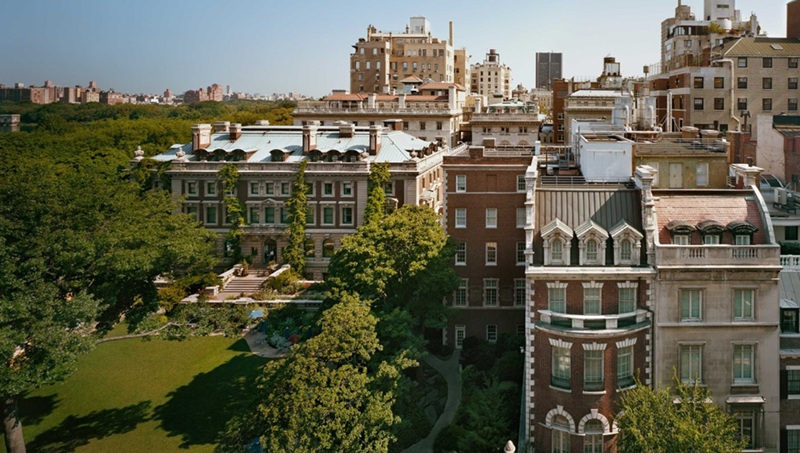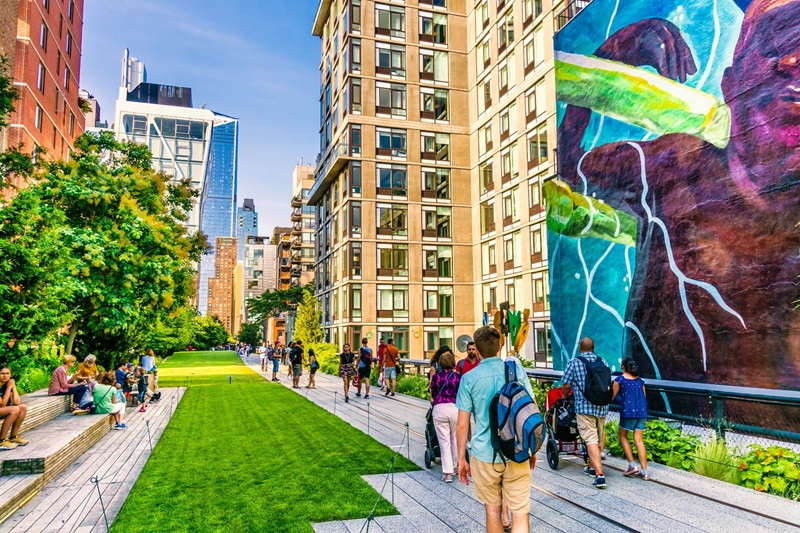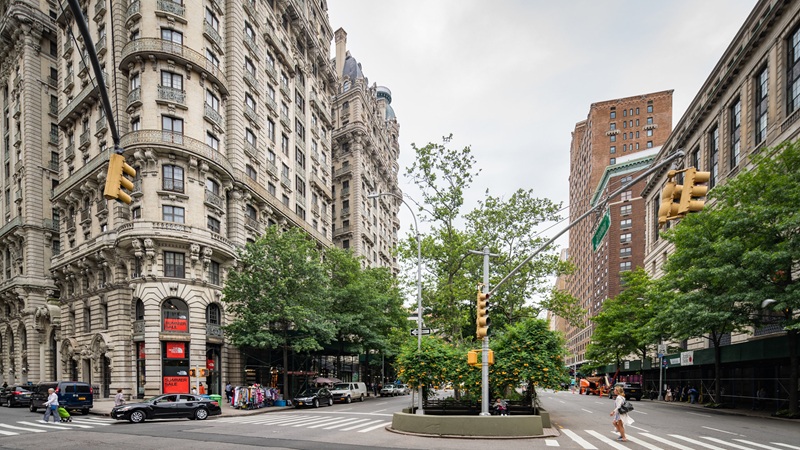
Carnegie Hill, located in the Upper East Side of Manhattan, is a historic and affluent neighborhood known for its picturesque streets, grand architecture, and cultural landmarks. Named after the industrialist Andrew Carnegie, who built his mansion here in the early 20th century, Carnegie Hill is characterized by its charming brownstones, tree-lined avenues, and a mix of old-world charm and modern luxury.
History and Origins
The neighborhood’s history dates back to the late 19th century, when it became a desirable residential area for wealthy New Yorkers. Carnegie Hill was named after Andrew Carnegie’s mansion, which was built in 1903 at the corner of 91st Street and Fifth Avenue. Carnegie’s mansion was later demolished in 1929, but the area retained its association with his name and became a prestigious address for New York’s elite.
In the early 20th century, the area became known for its proximity to Central Park, cultural institutions like the Metropolitan Museum of Art, and its luxurious residential buildings. Over the decades, the neighborhood has remained a sought-after location, with many of its brownstones and pre-war apartments attracting prominent residents.
Architecture and Real Estate
Carnegie Hill is renowned for its architectural beauty. The neighborhood boasts an array of 19th and early 20th-century buildings, including ornate brownstones, elegant limestone townhouses, and upscale pre-war co-op buildings. These structures exude the grandeur and historical charm that the neighborhood is known for.
One of the most striking features of Carnegie Hill is the presence of Central Park’s eastern edge, which provides some of the most desirable views in the city. Many of the luxury apartment buildings in the area are designed to take full advantage of their location, offering residents breathtaking vistas of the park and the skyline beyond.
In terms of real estate, Carnegie Hill is one of the priciest neighborhoods in Manhattan, with high demand for both rental properties and homes for sale. Luxury condominiums and classic pre-war co-ops attract well-to-do buyers, while the neighborhood also retains an air of exclusivity.
Cultural Institutions and Education
Carnegie Hill is home to some of the most important cultural institutions in the city, making it a hub for intellectual and artistic pursuits. The neighborhood is home to the world-renowned Metropolitan Museum of Art, which occupies a prominent position on the eastern edge of Central Park. Additionally, the nearby Guggenheim Museum, with its famous spiral architecture by Frank Lloyd Wright, adds to the cultural cachet of the area.
Education is a key element of the community. Carnegie Hill is home to several prestigious private schools, including the Brearley School, the Spence School, and the Dalton School. These schools, along with access to nearby public institutions, contribute to the neighborhood’s appeal for families seeking an exceptional educational environment for their children.
Green Spaces and Recreation
Central Park, just a stone’s throw away from Carnegie Hill, is an iconic feature of the neighborhood. The park offers residents ample green space for outdoor activities, including walking, jogging, cycling, and picnicking. The area around Carnegie Hill’s eastern boundary is also home to smaller parks, playgrounds, and recreation areas, providing additional space for families to enjoy.
The quieter, more residential streets in Carnegie Hill are perfect for strolling and offer a peaceful respite from the hustle and bustle of other parts of the city. The neighborhood’s tree-lined streets and well-maintained sidewalks create an inviting environment for both residents and visitors.
Dining and Shopping
While Carnegie Hill is primarily a residential neighborhood, it also offers a number of upscale dining and shopping options. Local favorites include charming cafes, elegant boutiques, and high-end restaurants that reflect the neighborhood’s sophisticated taste. Madison Avenue, just a few blocks away, is home to luxury shopping, where shoppers can find designer clothing, jewelry, and home goods.
In addition to its high-end offerings, Carnegie Hill also has its share of casual eateries and independent shops that contribute to the area’s community feel. Residents and visitors alike can enjoy exploring the neighborhood’s unique boutiques, gourmet markets, and specialty stores.
Community and Lifestyle
Carnegie Hill offers a distinctive lifestyle, one that balances luxury with a strong sense of community. The neighborhood is peaceful and residential, with a reputation for being family-friendly while also appealing to those who appreciate art, culture, and history.
Carnegie Hill’s residents tend to be long-term, which fosters a close-knit community. The neighborhood hosts regular cultural events, educational talks, and family-friendly activities, enhancing the area’s appeal for those seeking a sophisticated yet comfortable living experience.
Conclusion
Carnegie Hill is a quintessential Manhattan neighborhood that embodies elegance, culture, and community. With its beautiful architecture, cultural landmarks, proximity to Central Park, and esteemed educational institutions, Carnegie Hill remains one of the most prestigious and desirable places to live in New York City. Its blend of old-world charm and modern luxury continues to attract affluent residents, while maintaining an atmosphere of tranquility amidst the bustling metropolis of Manhattan.

